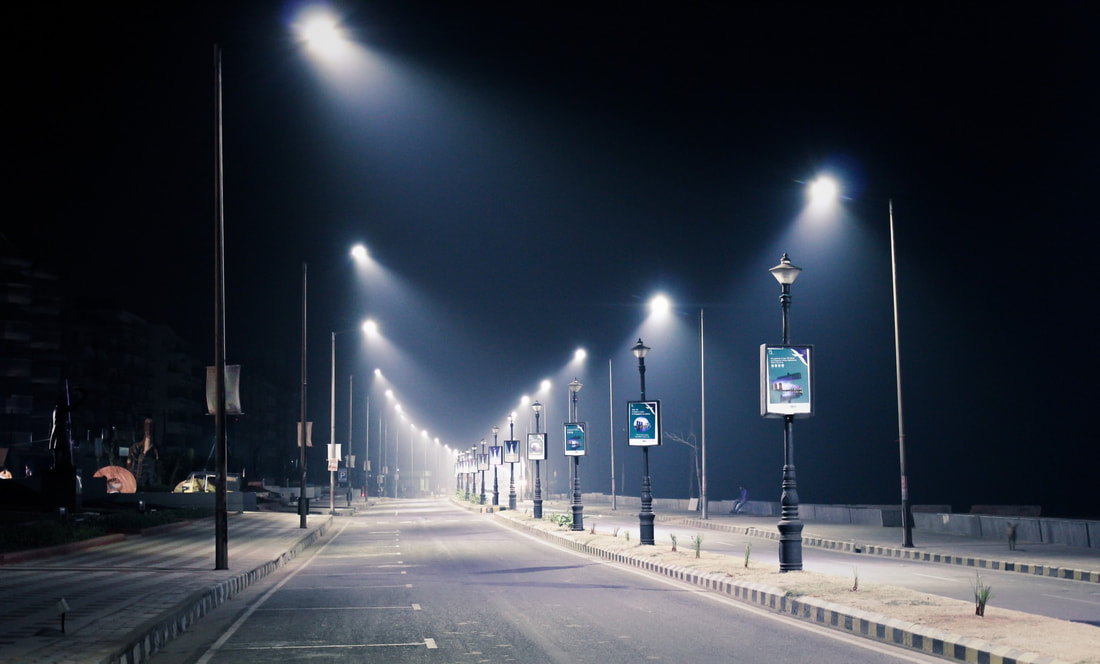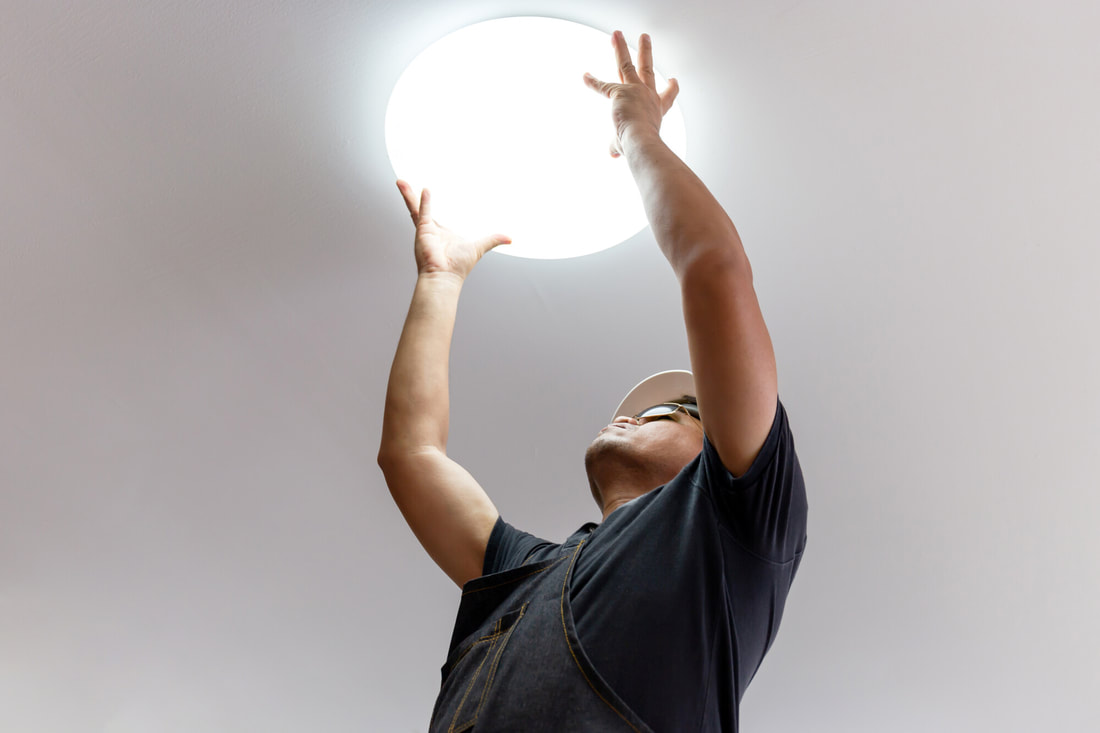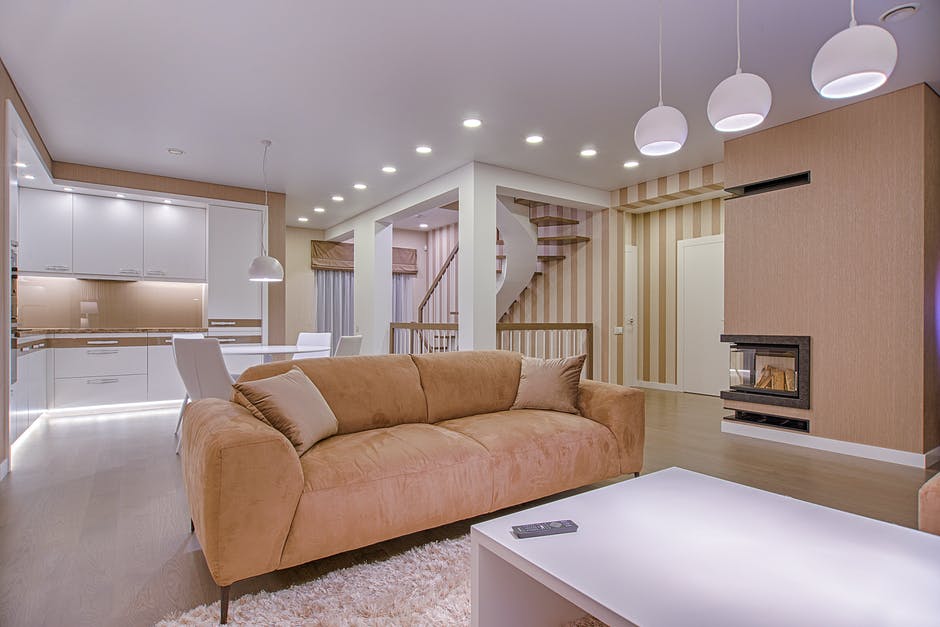 Lighting installation is one of the easiest and most affordable ways to make your home or office brighter. Replacing light fixtures is a simple electrical upgrade that can brighten up your entire house. Most light fixtures come with detailed instructions for installation, but if you're unsure, you can read this step-by-step guide for replacing most light fixtures. Read through it thoroughly before you start the process, and you'll be on your way to having a brighter, more welcoming home! After the installation is completed, the electrician should perform a thorough walk-through of the site to verify fixture counts and identify any construction-related issues that may affect the costs of the project. The electrician should also provide a punch list of any materials to be disposed of and should leave the installation site with a small stock of replacement materials for warranty replacement. The plug lighting should be scheduled to minimize disruption to the operation of the business. The electrician should be familiar with the electrical code for the location. After you have disconnected the electrical wires, it's time to disconnect the light fixtures from the ceiling. Most light fixtures are attached to an electrical box with a screw or two. If the light fixtures weigh more than 50 pounds, you'll need to install a fan brace box, which is available at most hardware stores. You can install the fan brace box without cutting holes in the ceiling. Be sure that the fan brace box you purchase is designed to support at least 35 pounds. If you're looking for a low-cost option, consider installing fluorescent lights. The cost of fluorescent lights is low and the installation can take an hour or two. You should choose the type that best suits the room. Make sure you check the electrical wiring in the area of installation before you purchase a fixture. Pendant lights, on the other hand, hang from ceiling mounts. They are light-weight, but require careful planning and a skilled professional to properly install them. If you're not comfortable with electrical work, consider hiring a see trizo 21 lighting collection professional to install your lighting fixtures. You can purchase basic fixtures at hardware stores for less than $100, but designer or ornate fixtures can cost upwards of $280 or more. However, most homeowners opt to hire a professional to install lighting fixtures. Getting a professional to install them will ensure that the job is done safely. A full-service lighting installation company sells and installs light fixtures. LED light strips can be an affordable option, too. DIY LED light strips are available with adhesive backing for easy installation. Professional installation of these light strips can cost as little as $70 or as much as $400, depending on the type of strip you purchase. LED lights are the most energy-efficient lights available and produce light up to 90% more efficiently than incandescent light bulbs. The cost of LED light strips will vary according to the distance from the electrical box and the height of the ceiling. For more information about this, visit: https://en.wikipedia.org/wiki/Lighting,
0 Comments
 Before beginning the lighting installation process, you should know how electricity works in your home. Electricity enters your home through your electrical meter and then goes to a main breaker panel. From there, it will run to branch circuit breakers to control the plugs and appliances in your home. In the case of a lighting fixture, each light will be connected to a branch circuit breaker. In some cases, you will not have a panel labeled for each circuit, but you should always follow the directions that come with the light fixture. In addition to lighting installation, rewiring can also be a complex task. A lighting store los angeles electrician will have the experience and equipment to safely install new lighting. Rewiring can be dangerous and difficult, so it's crucial to hire an electrician for the project. Fortunately, there are many electricians available in your local area who can do the work for you, including those with experience in lighting installation. Using a service like Handy to locate a reliable electrical service provider will keep your home safe. Before you begin the installation process, consider how much your budget is willing to spend. The cost of light fixtures will depend on their style and quality. However, you can find cheap and simple light fixtures that can brighten your home. Make sure you take the height of the ceiling into consideration when shopping for the right light fixtures. If your ceiling is low, you will want to choose a light fixture that can be hung from the ceiling, while task lighting will focus more light on specific tasks. Whether you're looking for ambiance or illumination, wall-mounted lights will add ambience to your rooms. Wall-mounted lights can range in price from $180 to $250. Some can cost as much as $950. Installing a light fixture can take between two and three hours. If you have no experience, a Tasker can do the installation for you. This option is best for people who are not comfortable working with wires or climbing ladders. The plug lighting can be regulated by standards in the USSR. These standards require that light sources meet specific requirements for illuminance and quality of illumination. Besides that, they must be reliable and economical. Moreover, they must be free of fire and electric shocks. They also have to be easy to install. Lighting installations are usually a part of an overall artistic design of an area and must meet higher aesthetic standards. It's essential that you understand the requirements for a lighting installation before installing one. Recessed lighting is an excellent option if your ceiling is low. They're recessed lighting fixtures that are flush with the ceiling. You may also refer to them as can lights or downlights. Recessed lighting has four basic types. The baffle trim is the most common, allowing no movement, while the eyeball trim allows for more light to be focused. Another type of trim is the wall wash trim. This has a shield over half of the light and is wet-rated. To get more information about this post, visit: https://www.encyclopedia.com/science-and-technology/technology/technology-terms-and-concepts/lighting.  One of the first steps in incorporating artistic lighting into your home is determining the location of your artwork. A single large piece may take up an entire wall, while a gallery wall may feature several smaller pieces. Lighting in these settings will vary from room to room. You can use a variety of light sources, but the key is to create a unified look. Listed below are some tips to create an inviting environment by using artistic lighting. Different temperature settings can have a dramatic impact on the emotional effect evoked by artwork. The color-coding of artwork labels corresponds to the ideal viewing conditions suggested by the artist. A higher color temperature correlates with a greater appraisal. For this study, participants rated paintings when they were exposed to different lighting conditions. For each lighting condition, a rating was assigned for each aspect. This approach helped the researchers understand whether different lighting conditions enhance the emotional experience of viewers, such as a painting's mood. Kindly go here to get more details about artistic lighting. The use of decorative lighting can enhance the mood of a space and inspire reflection. Although artistic lighting is functional, it should be beautiful and inspire thought. It can inspire visitors to pause, contemplate meaning, and make them feel more deeply at ease in a room. A chandelier is one of the most iconic examples of artistic lighting. A sconce is another classic example. Lighting as art is more than just functional. It can be a work of art in and of itself. Artistic lighting is one of the most challenging aspects of art lighting. Using fluorescent light bulbs is a bad idea because of their high-energy output, which can cause color fading and distortion. Another consideration when choosing artistic lighting is the distance between the light source and the artwork. If the distance is large enough, halogen light is an excellent choice. But be aware that different light bulbs have different beam spreads. One of the best ways to determine which bulbs will be best for your artwork is to hold a hand between the light and the piece in question. To get more knowledge about this post, visit: https://pluglighting.com/trizo-21/. Aside from highlighting a painting's characteristics, it can also highlight the colors of the artwork. A similar color temperature will bring out the best colors of an artwork, while a light with an imbalanced power will reduce the color of the opposite end. Yellow lighting, for instance, will cause blues to appear blackened. The Color Rendering Index (CRI) is a metric of color accuracy. A high score means that the artwork is more accurate at rendering colors. A good example of an artwork that uses creative lighting is the Lumonics Theater in Colorado. The Lumonics Theater was described by Michael Betancourt as a "total art work." Another example is the work of Dorothy Tanner, who was born in 1923 and continues the art of light in Denver. She co-directs the Lumonics School of Light Art with Marc Billard. It is important to remember that a piece of art can be categorized as art, but there is no one definitive definition. Visit: https://www.dictionary.com/browse/lighting for more insights about this post. |
 RSS Feed
RSS Feed
